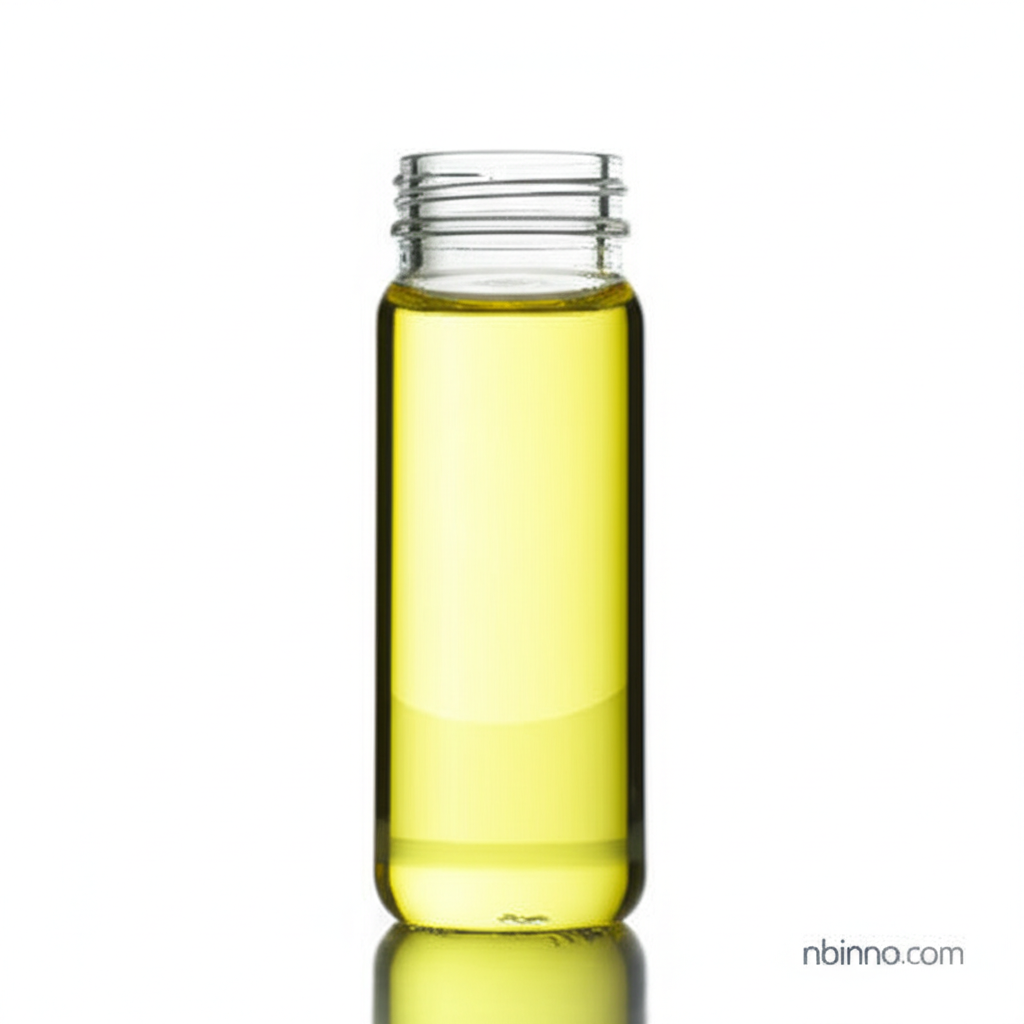Glyoxal 40% Solution: A Comprehensive Industrial Chemical Overview
Discover the properties, applications, and industrial significance of Glyoxal 40% Solution (CAS 107-22-2).
Get a Quote & SampleProduct Core Value

Glyoxal 40% Solution
Glyoxal 40% Solution, identified by CAS number 107-22-2, is a fundamental organic chemical featuring two aldehyde groups. Its unique reactivity makes it indispensable as a cross-linking agent and a crucial intermediate in various synthetic processes. This versatile compound finds extensive use across a wide spectrum of industries due to its ability to modify polymers and enhance material properties.
- Explore the glyoxal crosslinking agent properties which enable its use in enhancing textile durability and paper wet strength.
- Understand why many businesses choose to buy glyoxal 40 percent for its efficacy in leather tanning and cosmetic formulations.
- Delve into the diverse glyoxal chemical applications in textiles, including its role in creating softer and more wrinkle-resistant fabrics.
- Learn about glyoxal as an essential intermediate for organic synthesis, facilitating the creation of complex molecules.
Key Advantages of Glyoxal 40% Solution
Versatile Cross-linking Capabilities
As a potent cross-linking agent, glyoxal 40% solution effectively binds polymer chains, improving the mechanical strength, stability, and resistance of materials used in the paper industry and beyond.
Intermediate for Synthesis
Its dual aldehyde functionality makes glyoxal a critical intermediate for synthesizing various organic compounds, including pharmaceuticals and specialty chemicals, supporting innovation in chemical manufacturing.
Broad Industrial Applicability
From enhancing the feel and longevity of textiles to improving the viscosity of cosmetic products, the wide-ranging industrial utility of glyoxal underscores its importance in modern manufacturing processes.
Key Applications
Textile Finishing
Glyoxal 40% solution is extensively used as a finishing agent in the textile industry, contributing to wrinkle resistance and improved fabric feel, making it a key component for garment manufacturing.
Paper Manufacturing
In the paper industry, glyoxal enhances wet and dry strength, making paper products more durable and resistant to degradation, particularly in applications like toilet paper and high-quality coatings.
Leather Processing
The compound plays a role in leather tanning processes, acting as a cross-linker to preserve leather quality and improve its physical characteristics, ensuring longevity and performance.
Cosmetic Formulations
Glyoxal-crosslinked polymers, or hydrocolloids, are utilized in cosmetics to enhance viscosity and improve product texture, contributing to the overall quality and performance of personal care items.
